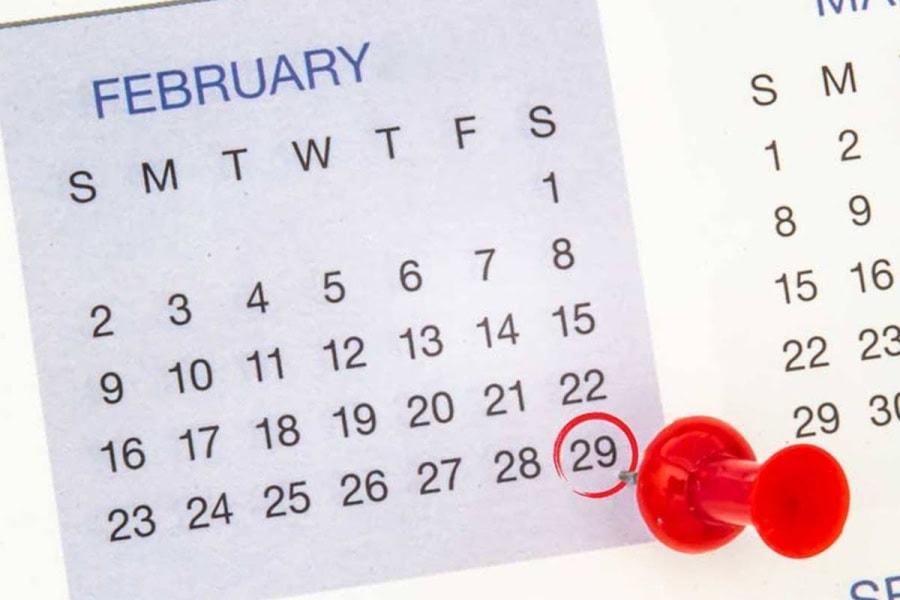Every four years, people around the world have February 29. The occurrence in the calendar makes one year of 366 days, instead of regular 365.
Leap Year
Leap years exist as Earth takes more than 365 days to orbit around the sun. As people round this down to 365 days in a year, the extra hours add up. Leap years help calendars align with the seasons.
Without leap years, calendars would gradually fall out of sync, leading to significant seasonal shifts over time.
Leap Day falls in Feb and it dates back to ancient Roman history. The Roman calendar had 10 months, with winter being considered a single period. Eventually, January and February were added, and February, being the final month, had the less days.
Former Roman dictator Julius Caesar adjusted the calendar to align it with the sun, adding Leap Day. However, the calendar still needed further adjustment.
Leap Year Facts
Babies born on Leap Day
Babies born on Leap Day are referred to as Leaplings or leap year babies.
Special day to reverse the role
In previous times, the Leap Day was marked as an occasion to reverse roles. Women proposed men instead of men expressing their feelings for them.
Birthdays
People born on Leap Day celebrate their birthday on February 28 or March 1 in non-leap years.
Chances of birth on Leap Day
Chances of being born on Leap Day are rare, with odds of 1 in 1461 for a baby to be born on this day.
February 29 an ‘unlucky day’
In parts of the world, people consider Leap Day as, “leap year, doom year.”










